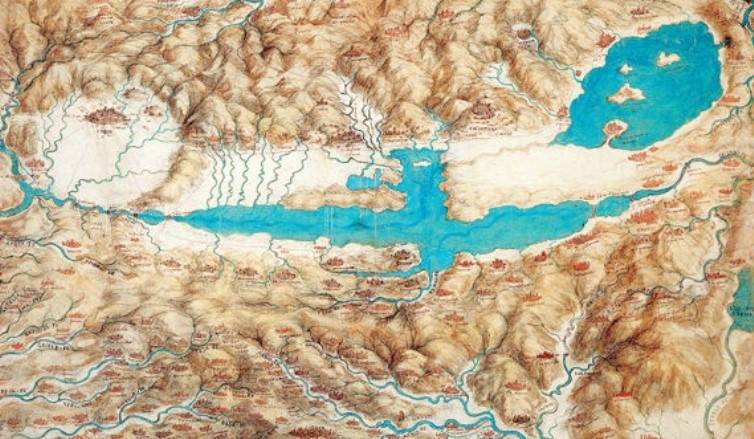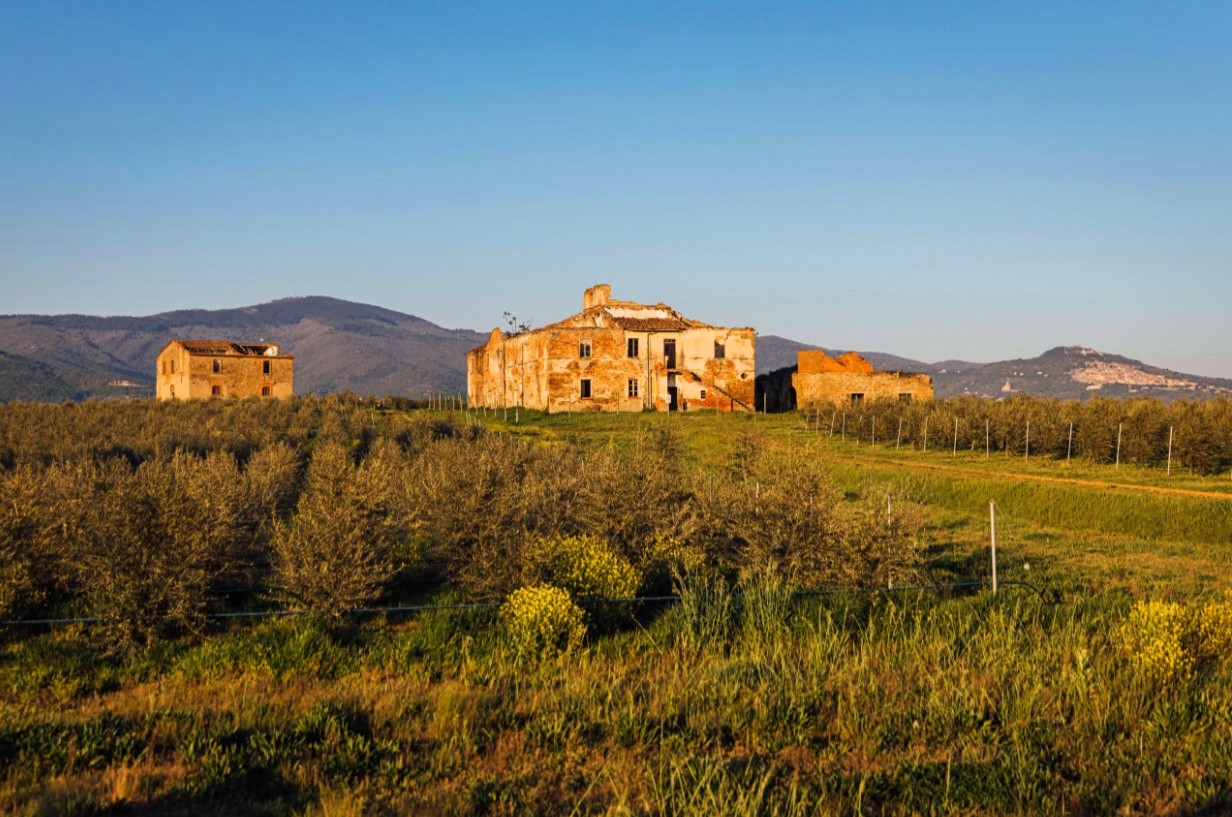THE RECLAMATION OF THE VALDICHIANA
The reclamation of the Valdichiana is one of the largest hydraulic engineering projects in Italian history, transforming a vast area of unhealthy swamps into one of the most fertile agricultural regions of Tuscany.
Historical Context
The Valdichiana, located between the provinces of Arezzo and Siena in Tuscany, was originally a swampy, malaria-ridden, and scarcely habitable area. Water stagnation issues were known as far back as Etruscan and Roman times, but they became particularly severe during the Middle Ages when Roman hydraulic works were abandoned.
Beginnings of Reclamation Operations
The first reclamation initiatives date back to the 16th century under the Medici government. Cosimo I de' Medici initiated a plan to divert the waters of the Chiana and Paglia rivers, aiming to control flooding and improve the drainage of stagnant waters.
Interventions by the Grand Duchy of Tuscany
In the 18th century, the Grand Duchy of Tuscany, under the rule of the Lorena family, intensified reclamation efforts. During this period, significant works of canalization, embankment construction, and the building of sluices were carried out. Pietro Leopoldo of Lorena, in particular, promoted a systematic reclamation plan, relying on highly skilled engineers such as Leonardo Ximenes and Vittorio Fossombroni.
The Fossombroni Plan
Vittorio Fossombroni, a renowned hydraulic engineer, developed a complex system of canals and reservoirs to manage water flow. His plan involved the creation of master canals, such as the Canale Maestro della Chiana, and a series of secondary canals to ensure efficient drainage. These interventions, carried out throughout much of the 19th century, radically transformed the territory, reducing swampy areas and making the land arable.
Modern Era and Completion of the Reclamation
Reclamation of the Valdichiana continued into the 20th century with the use of modern technologies. The introduction of hydraulic pumps and further canalization of the waters completed the process of transforming the area. By the 1930s, much of the Valdichiana had been reclaimed and was ready for intensive agriculture.
Economic and Social Impacts
The reclamation of the Valdichiana had a tremendous economic and social impact. The reclaimed lands became some of the most fertile in Italy, allowing for the development of a rich agricultural sector based on crops such as cereals, tobacco, vineyards, and olive groves. The local population, previously afflicted by diseases like malaria, was able to live in a healthier environment and thrive economically.
Legacy of the Reclamation
Today, the Valdichiana is a prosperous agricultural area and an important tourist destination, thanks to the beauty of its landscape, its historic villages, and its rich food and wine traditions. The reclamation has left a legacy of ingenuity and determination, demonstrating how human intervention can radically transform a territory and improve living conditions.
The reclamation of the Valdichiana is a remarkable example of how hydraulic engineering and political will can collaborate to solve environmental problems and promote the sustainable development of a region.

Photos: Arezzonotizie.it / Visitvaldichiana.it


 English
English Italiano
Italiano Deutsch
Deutsch Français
Français